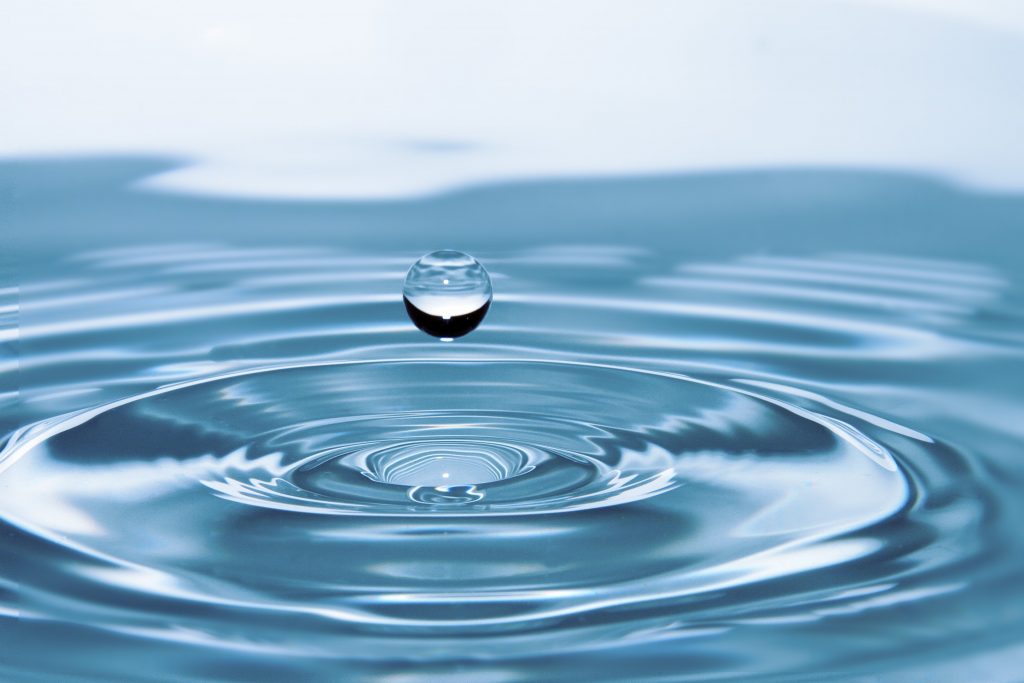
For the millions of people worldwide who rely on well water for their daily needs, ensuring the safety and cleanliness of their water remains a critical concern. Although the well water is often touted as natural and pure, it can also contain bacteria, parasites, and other harmful contaminants that pose significant health risks. Fortunately, there are several effective ways to make well water drinkable, ranging from simple filtration systems to complex treatment processes. Explore some of the best ways to make well water safe for consumption.
Filtration
Filtration is a popular method of making well water safe to drink. Filtration systems remove impurities from the water using various physical or chemical processes. There are various filters available in the market. However, a Travel Berkey is one of the most effective and convenient options. This portable filtration system is designed to remove contaminants such as bacteria, viruses, heavy metals, and chemicals from water.
Other common types of filtration systems include activated carbon filters, reverse osmosis systems, and ultrafiltration membranes. Activated carbon filters use a porous material made from carbon to attract and remove impurities from the water.
The filters can remove chlorine, bad taste, odors, chemicals, and minerals. Reverse osmosis systems use a semipermeable membrane to remove impurities by forcing water through it under pressure. These systems can remove bacteria, viruses, other contaminants, minerals, and dissolved solids. Ultrafiltration membranes use a membrane with small pores to remove impurities, including bacteria and viruses.
Boiling
Boiling is one of the simplest and oldest methods of making drinking water safe. This process works by heating water to a high enough temperature to kill bacteria, parasites, and other harmful pathogens. Boiling water for at least 10 minutes is generally recommended to ensure that all contaminants have been eliminated. Boiling is particularly useful for water suspected to be contaminated with bacteria, such as E. coli, which can cause severe illness if consumed.
However, boiling does not remove other impurities, such as chemicals or minerals, that can affect the water’s taste, smell, and appearance. Additionally, boiling requires a significant amount of energy and may need to be more practical for people living off-grid or in areas with unreliable electricity.
Chlorination
Chlorination is a water treatment method that uses chlorine to kill bacteria and other pathogens in the water. Chlorination is commonly used in municipal water systems to ensure the safety of the water supply. However, it can also be used to treat well water.
To chlorinate well water, chlorine is added to the water source in a specific concentration to kill harmful bacteria effectively. The chlorine is then allowed to react with the water for a certain period, typically several hours, to ensure adequate disinfection. Chlorination can be an effective way to treat well water, but it requires careful handling of the chemicals and may not remove other types of contaminants.
UV Treatment
UV treatment, also known as ultraviolet radiation or disinfection, is a water treatment method that uses ultraviolet light to destroy bacteria and other pathogens. UV treatment works by exposing the water to high-intensity UV light, which damages the genetic material of the pathogens, making them unable to reproduce.
UV treatment is an excellent way to treat well water, as it is highly effective at killing bacteria and viruses without leaving any chemical residue or altering the taste or odor of the water. UV treatment systems are relatively affordable and easy to install and maintain. However, UV treatment may not remove other contaminants, such as minerals, and the system requires access to electricity.
There are several effective ways to make well water safe for consumption. The best method depends on the specific type and concentration of contaminants in the water, as well as the resources and preferences of the individual. Boiling, filtration, chlorination, UV treatment, and distillation are some of the most common and effective ways to treat well water.



